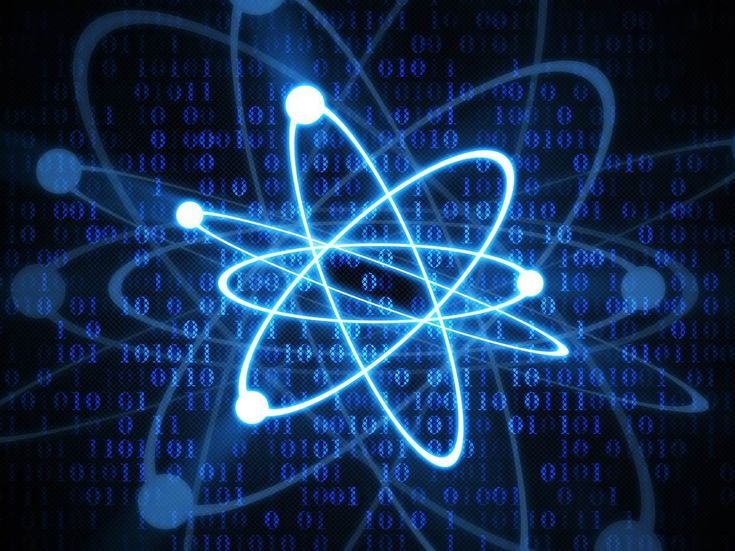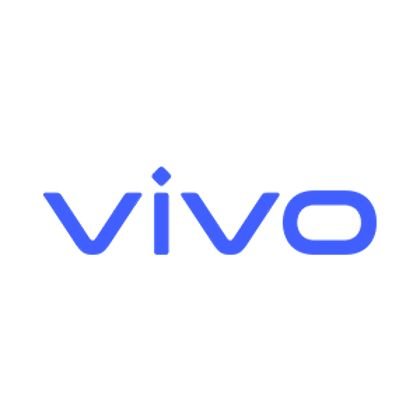
Artificial Intelligence (AI) has made significant strides in recent years, influencing various sectors, including the creative industries. From generating music compositions and visual artworks to crafting written content, AI has become a valuable tool for artists, musicians, and writers. While some may fear that AI could replace human creativity, others see it as a powerful ally that can augment and inspire new forms of artistic expression. This article explores the role of AI in the creative industries, particularly in music, art, and writing, highlighting its applications, benefits, challenges, and future prospects.
AI in Music
Composition and Production
AI has revolutionized music composition and production, enabling artists and producers to create new sounds and compositions with greater ease and efficiency. AI-powered algorithms can analyze existing musical pieces, learn patterns, and generate new compositions in various genres and styles. For example, AI can compose classical music, electronic beats, jazz improvisations, and even pop songs.
One of the most notable AI music composition tools is OpenAI’s MuseNet, which can generate music in different styles, combining instruments and genres in novel ways. Similarly, Amper Music and AIVA (Artificial Intelligence Virtual Artist) are AI platforms that assist in creating music for various purposes, including film scoring, advertising, and personal projects.
Personalization and Recommendation
AI also plays a significant role in personalizing music experiences for listeners. Music streaming platforms like Spotify and Apple Music use AI algorithms to analyze users’ listening habits and preferences. These algorithms recommend songs, albums, and playlists tailored to individual tastes. By analyzing vast amounts of data, AI can identify patterns and trends, helping listeners discover new music and artists they might enjoy.
Collaboration and Inspiration
AI is not just a tool for generating music; it can also be a collaborative partner for musicians. AI systems can suggest chord progressions, melodies, and lyrics, providing inspiration and new ideas. Musicians can use AI-generated elements as a starting point and then add their creative touch to refine and finalize the piece. This collaboration between AI and human artists can lead to unique and innovative compositions.
AI in Art
Generative Art
AI has opened up new possibilities in visual art through generative art, where algorithms create images based on specific parameters and data inputs. One popular technique in generative art is the use of Generative Adversarial Networks (GANs), which consist of two neural networks: a generator and a discriminator. The generator creates images, while the discriminator evaluates them. Through this process, the AI can produce highly realistic and creative artworks.
AI-generated art has gained attention and recognition in the art world. In 2018, an AI-generated portrait titled “Edmond de Belamy” was auctioned at Christie’s for over $432,000, showcasing the value and appeal of AI-created artworks. Artists and designers use AI tools to explore new styles, experiment with abstract concepts, and push the boundaries of traditional art forms.
Art Restoration and Curation
AI also contributes to art restoration and curation. Machine learning algorithms can analyze historical data, paintings, and other artifacts to assist in the restoration process. For example, AI can predict the original colors of a faded painting or identify missing elements in damaged artworks. Additionally, AI-powered image recognition tools can help art curators and historians analyze and categorize vast collections, making it easier to manage and preserve cultural heritage.
Interactive and Immersive Art
AI enables the creation of interactive and immersive art experiences. Artists can use AI algorithms to design installations that respond to viewers’ actions, emotions, or environmental factors. For example, an AI-powered installation might change colors or shapes based on the viewer’s movements or facial expressions. These interactive elements create a dynamic and engaging experience, blurring the lines between the artwork and the audience.
AI in Writing
Content Generation
AI has made significant advances in natural language processing (NLP), enabling machines to generate written content with remarkable fluency and coherence. AI-powered tools like OpenAI’s GPT-3 can generate articles, stories, poetry, and even technical documents. These systems analyze vast datasets of text to learn language patterns, grammar, and context, allowing them to produce human-like writing.
AI-generated content can serve various purposes, from drafting marketing copy and social media posts to creating fictional narratives. For example, AI can generate product descriptions for e-commerce websites, summarize news articles, or even write personalized emails. While AI-generated writing may not always match the depth and nuance of human-authored content, it offers a valuable tool for businesses and individuals looking to streamline content creation.
Editing and Proofreading
AI-powered tools also assist with editing and proofreading. Grammar and style-checking software, such as Grammarly and ProWritingAid, use AI to analyze text for grammatical errors, stylistic inconsistencies, and clarity issues. These tools provide real-time feedback, helping writers refine their work and improve their writing skills. AI can also assist in translating content between languages, making it accessible to a global audience.
Creative Writing and Storytelling
AI’s potential in creative writing and storytelling is particularly intriguing. AI algorithms can generate story ideas, plot outlines, and character profiles, providing writers with a foundation for their narratives. Some AI systems can even generate entire stories or scripts, exploring genres ranging from science fiction to romance. While AI-generated stories may not yet rival the complexity of human-authored literature, they can serve as a source of inspiration and experimentation for writers.
Benefits of AI in Creative Industries
Efficiency and Productivity
One of the primary benefits of AI in creative industries is increased efficiency and productivity. AI can automate repetitive and time-consuming tasks, such as editing, data analysis, and content generation. This allows artists, musicians, and writers to focus on the more creative and strategic aspects of their work. For example, a musician can use AI to generate a basic melody and then spend more time refining and perfecting the composition.
Exploration and Innovation
AI opens up new avenues for exploration and innovation in the arts. By analyzing vast datasets and generating new ideas, AI can help creatives experiment with different styles, techniques, and genres. For instance, AI can generate novel chord progressions or visual patterns that artists may not have considered, inspiring new creative directions. This fusion of human creativity and machine intelligence can lead to groundbreaking works of art.
Accessibility and Democratization
AI has the potential to democratize the creative process by making advanced tools and technologies accessible to a broader audience. AI-powered software and platforms can assist individuals with limited technical skills in creating music, art, and written content. For example, someone without formal music training can use AI to compose a song, or a non-artist can use AI-generated templates to create digital artwork. This accessibility fosters a more inclusive creative community, allowing diverse voices and perspectives to emerge.
Challenges and Considerations
Quality and Authenticity
While AI can produce high-quality content, there are concerns about the authenticity and originality of AI-generated works. In the art world, for example, the question of whether AI-generated art can be considered “true art” has sparked debate. Some argue that the lack of human intention and emotional depth in AI-generated content limits its artistic value. Additionally, there is a risk that AI could produce formulaic or derivative works, lacking the unique perspectives and creativity of human artists.
Ethical and Legal Issues
The use of AI in creative industries raises ethical and legal questions, particularly regarding intellectual property and copyright. For example, if an AI generates a piece of music or artwork, who owns the rights to it? The developer of the AI, the user, or the AI itself? Additionally, AI-generated content may inadvertently replicate existing works, leading to concerns about plagiarism and copyright infringement. Establishing clear legal frameworks and ethical guidelines is essential for addressing these issues.
The Role of Human Creativity
There is ongoing debate about the role of human creativity in the age of AI. While AI can generate content and assist in the creative process, it lacks the emotional intelligence, cultural context, and subjective experience that human creators bring to their work. Some fear that the increasing reliance on AI could diminish the value of human creativity and lead to a homogenization of art and culture. Balancing the contributions of AI and human artists is crucial for maintaining the diversity and richness of creative expression.
The Future of AI in Creative Industries
The future of AI in creative industries holds exciting possibilities. As AI technologies continue to advance, they will become more sophisticated and capable, offering new tools and opportunities for artists, musicians, and writers. The integration of AI with other emerging technologies, such as virtual reality (VR), augmented reality (AR), and blockchain, will further expand the creative landscape.
Human-AI Collaboration
The future will likely see more collaboration between human creators and AI systems. Rather than replacing human creativity, AI can serve as a partner and collaborator, enhancing and augmenting the creative process. This collaborative approach can lead to innovative works that combine the strengths of both human and machine intelligence.
New Forms of Art and Expression
AI’s ability to analyze and generate content opens up possibilities for entirely new forms of art and expression. For example, AI-generated interactive installations, immersive experiences, and generative music compositions offer unique and engaging experiences for audiences. As AI continues to evolve, it will inspire new genres, styles, and mediums, pushing the boundaries of what is possible in the creative arts.
Ethical and Responsible AI
As AI becomes more integrated into creative industries, there will be a growing emphasis on ethical and responsible AI practices. This includes ensuring transparency in AI-generated works, protecting intellectual property rights, and addressing potential biases in AI algorithms. By establishing ethical guidelines and fostering a culture of responsible AI use, the creative community can harness the power of AI while preserving the integrity and authenticity of artistic expression.
Conclusion
AI is transforming the creative industries, offering new tools, techniques, and opportunities for artists, musicians, and writers. From generating music and visual art to crafting written content, AI is expanding the horizons of human creativity. While there are challenges and concerns, including
ALSO READ: Ethical Concerns in Machine Learning









